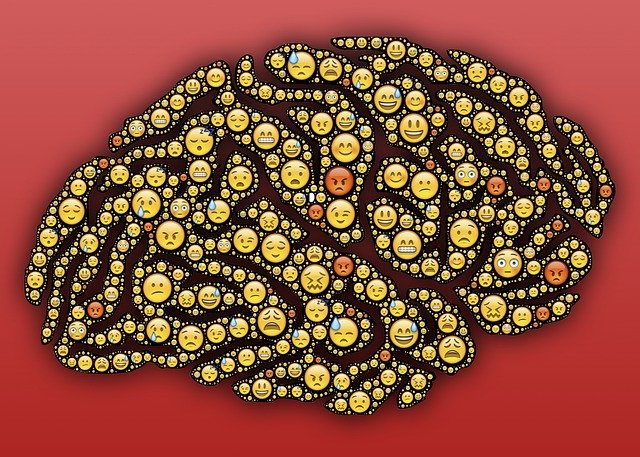
Can we classify men and women based on the connectivity profile of their language network?
By Xanthy Lajoie
Published on August 3, 2022
| Last updated on
September 27, 2022

rs-fmri sex classification
Project Description
Background
Sex differences in the language network is a long lasting and unresolved debate in the neuroscience field. Clinical studies have shown that pathologies or developmental conditions affecting language functions can differently affect individuals based on their sex (Cahill, 2006; Icer et al., 2020).
Although the language network is bilaterally organized, the left hemisphere is dominant for language in most individuals (Knect et al., 2000). However, this lateralisation tends to vary between sexes (Shaywitz et al., 1995).

Differences between men and women in the functional language network could explain sex differences in clinical conditions and offer insight for the development of interventions based on individuals’ characteristics. Yet whether and how sex impacts the functional language network organization is still largely unknown.
Objectives
In the present project, we address the research question on whether young adult individuals present differences in the pattern of rs-fMRI functional connectivity within the language network based on their sex. To address this issue, we propose to determine whether we can classify healthy young adult men and women, based on their rs-fMRI functional connectivity profiles within the language network.
Data
The rs-fMRI images were issued from the human connectome project (HCP) S1200 release datatbase (Van Essen et al., 2012). The rs-fMRI images of a total of 667 healthy adults (322 men and 345 women, age: 22-35 years) were included in the study. First, for each participant, we extracted the functional connectivity networks anchored in the core regions of the language network from rs-fMRI data. This step is completed.
With the knowledge acquired from this class, I will test whether machine learning models can accurately classify men and women based on their functional connectivity language maps within the language network. Subsequently, I will determine which are the most discriminant functional connectivity features that allow this classification.
My objectives
- Familiarize myself with different softwares such as Git, Github, WSL
- Learn how to code with python, specifically for the neuroimaging field
- Have a better understanding of machine learning and its application in neuroimaging
- Get comfortable using the terminal to search for files and not the default file system on our laptops
Deliverables
- Seed-to-voxel code
- Jupyter notebook containing Linear SVC model and accuracy
- Presentation slides
- Project Report
Results
Using the seed-to-voxel correlations of 8 seeds of a sub-sample of 70 participants (40 M, 38 W). Model pipeline:

- Results from the PCA determining the best number of features to include in our model. In this case, 0 features represent the best number of features (basically using the whole brain)

- Results from the Linear SVC classifier

Accuracy (r2) = 0.875
Interpretation: the classifier was able to sucessfully classify men and women with an accuracy of 87.5%
Tools Learned During This Project
Open Science Software: I learned to use Git for local and remote control in order to share my project repository on Github. I was also able to navigate through different repositories to find the documentation needed for my project. I no longer send codes to myself via email or rely on my USB drive.
Machine Learning Packages: I have a better understanding of how to use scikit-learn, nilearn and their different modules for machine learning and neuroimaging data manipulations.
Python Scripting: I was able to use different libraries (e.g. numpy, nibabel), code in a virtual environment with Jupyter Notebook. The course modules helped me understand data dimensionality and how to manipulate it.
Data Visualization: I learned to plot multiple static figures with matplotlib and seaborn and to generate interactive figures with plotly and also to plot connectomes.

Conclusion
Apart from the main project, participating in Brainhack 2022 has had several benefits. I am more comfortable with shell coding, and the introduction to WSL makes it easier for me to work in Linux environments. I'm looking forward to trying more tools for neuroimaging analysis, such as fMRIprep for preprocessing, machine learning methods to try different classifiers and seed-to-voxel connectivity analyses. Although I've only had a brief introduction to many of these tools, I feel like they are more accessible with the knowledge Brainhack school has given me.
Acknowledgements
I am immensely grateful to the entire team for all of their assistance and support throughout the course. François, Marie-Ève et Claudéric, thank you for your patience and for not sighing when I asked for help every 5 minutes. Without you, I don't know what I would've done.

